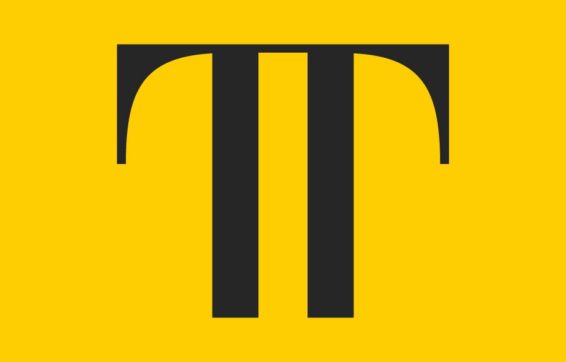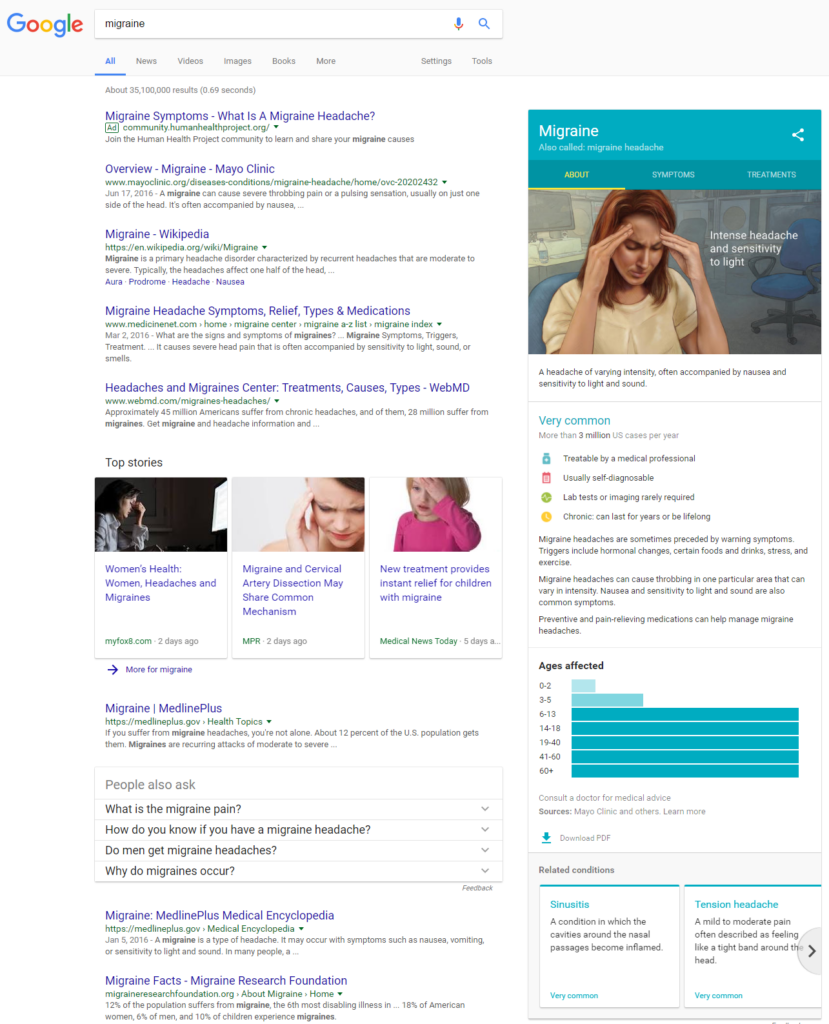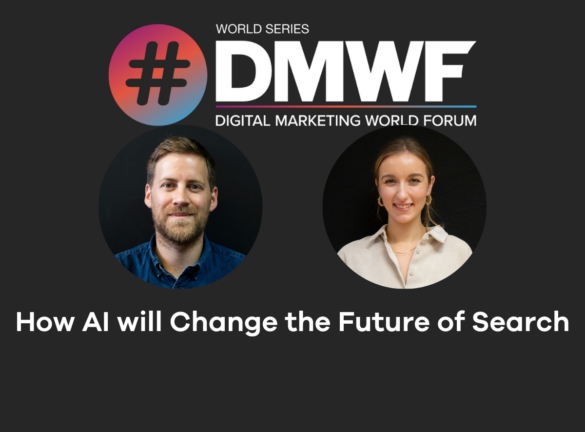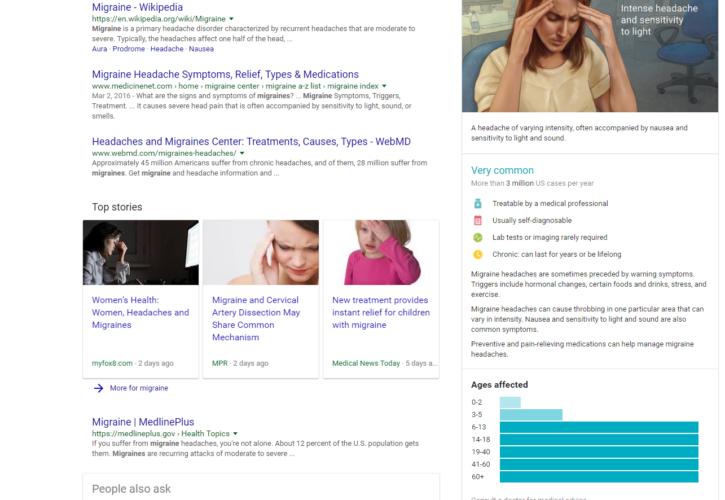
Google’s ‘Health Knowledge Graph’ to Come to the UK
In February 2015 Google started to show medical details in search results that related to illnesses in the US. When users search for medical related queries the ‘Health Knowledge Graph’ appears on the right side of the results on desktop and above organic listed on mobile. Indications are that after a successful role out in the US, Google will be expanded to the UK.
For example, if a person searches for “headache on one side”, the results will show conditions such as headache, migraine, tensions headache, cluster headache, sinusitis and common cold. Google will also provide an overview description along with information on self-treatment options and what might warrant a doctor’s visit.
Google said it has introduced the features to help people ‘navigate’ their way around difficult-to-find health information online, which can often be confusing and misleading.
The ‘Health Knowledge Graph’
The ‘Health Knowledge Graph’, which uses information provided by doctors, is a database of information that’s trusted and used to underpin search results. It powers cards that appear on the right-hand side of Google searches and shows the names, dates, and important information about the search result.
The ‘Health Knowledge Graph’ is an enhanced version of the existing ‘Knowledge Graph’. The update focuses on surfacing answers to common questions for the top 400 health related conditions and is available on both desktop and mobile search results. Additionally, Google focused heavily on voice search for this update. This gives users the ability to ask a question such as “what is the flu?” which triggers the ‘Health Knowledge Graph’.
The ‘Health Knowledge Graph’ includes:
- Typical symptoms
- Treatments (+ask the doctor, medications)
- Details on how common the condition is
- Ages affected
- How it spread
- Related conditions
- Illustrations from licenced medical illustrations
The ‘Health Knowledge Graph’ breaks the content surrounding the search into 3 categories represented by the tabs at the top of the graph box:
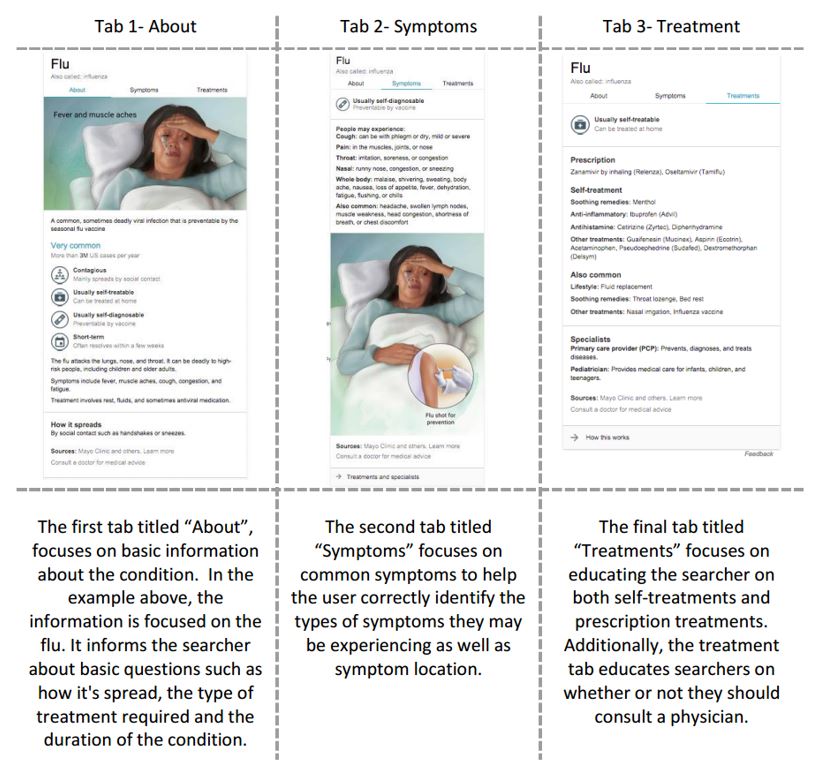
ROAST have observed that Google is focused on educating those searchers who are in the earlier stages of their research. When searching for a specific condition or condition symptom information the ‘Health Knowledge Graph’ is served, but when searching specifically for condition treatment information, Google refrains from serving the Knowledge Graph. Our understanding is that searchers who are further down the funnel are most likely looking for more robust, on-page content hence the absence of the knowledge graph feature.
Next week ROAST will discuss what effects these changes will have on the Industry specifically in regards to endemic health sites, Paid Search ads, Mobile visibility and what we expect Google to do next in this space.
Sources:
https://googleblog.blogspot.com/2015/02/health-info-knowledge-graph.html


